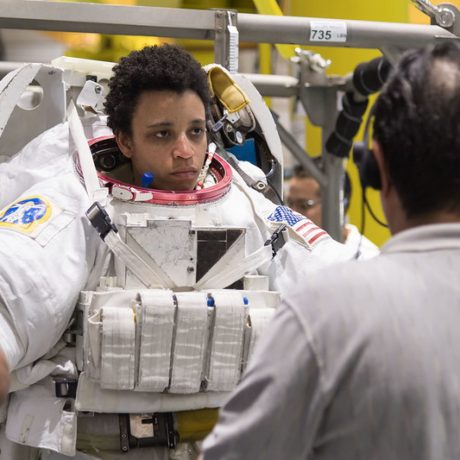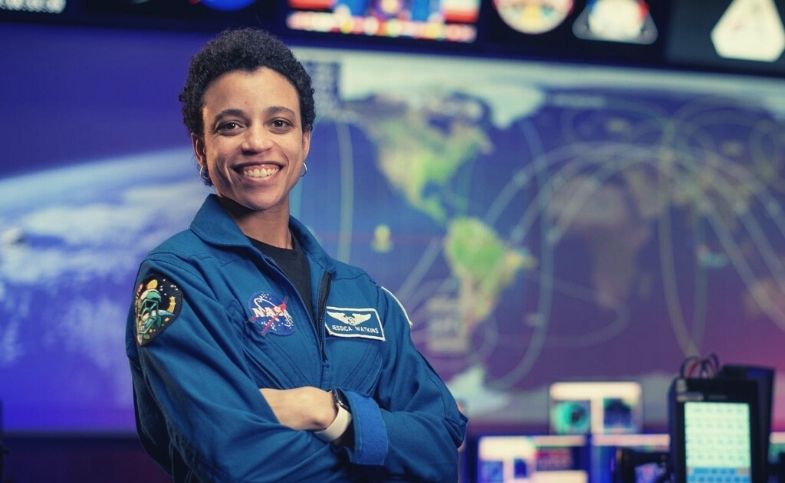NASA Astronaut Jessica Watkins made history on April 27 when she and a crew blasted into orbit from NASA’s Kennedy Space Center in Florida on the SpaceX Dragon. Watkins will be the first Black woman to serve on the International Space Station for an extended period of time.
NASA Astronauts Kjell Lindgren and Bob Hines and Italian astronaut Samantha Cristoforetti are collaborating with Watkins.
According to NASA, the crew will spend six months in the ISS laboratory conducting research and performing maintenance on the station.
In a previous interview, she raved about the upcoming trip, noting that her mission is both a ground-breaking moment and a natural progression of the discipline.
“We have reached this milestone,” Watkins added. “This point in time, and the reason we’re able to arrive at this time is because of the legacy of those who have come before to allow for this moment.” She continues, “Also, recognizing this is a step in the direction of a very exciting future. So to be a part of that is certainly an honor.”

Diversity and inclusion experts have lauded Watkin’s quest, but it demonstrates how far Black women still have to go in a white, male-dominated field.
“You know there’s not enough of us. Women are underrepresented in science, although it’s getting better in some ways,” said Mae Jemison, who made history as the first Black woman to go to space in 1992.
“There is a lot of gatekeeping, both conscious and unconscious, that keeps people out. But once you are there, it’s ‘where do you fit?’ People hold you to a stereotype of what they consider a scientist. There’s this unrelenting requirement that you prove you have the right to be there. Many times I think that we achieve in these fields in spite of, not because of.”
Watkins will be the fifth African-American woman to travel to space. Jemison is joined by Stephanie Wilson, who has spent more time in space than any other Black woman with more than 42 days in space; Joan Higginbotham; and Sian Proctor, the first Black woman to drive a spaceship.
Watkins began her career at NASA as an intern and worked as a researcher and geologist until being chosen as an astronaut candidate in 2017. She graduated from Stanford University with a bachelor’s degree in geological and environmental sciences and went on to UCLA for her doctorate in geology. Her NASA career has been lengthy and fruitful: she worked at the agency’s Ames Research Center and at NASA’s Jet Propulsion Laboratory, where she examined near-Earth asteroids, and she was a member of the Science Team for the Mars Science Laboratory rover Curiosity.












